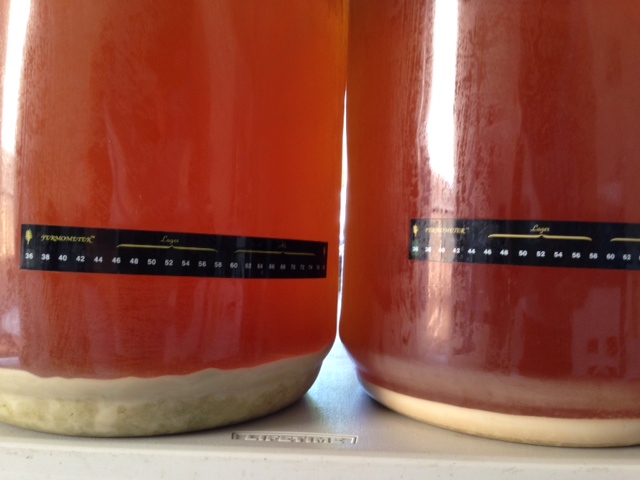Bowtiebrewery
Well-Known Member
I decided to read a bit more on this, and we all seem to have our thoughts on how clear wort into the fermenter might or should result in clearer final product, however upon reading this blog where the brewer tested this theory, I'm not so sure that hold's true anymore.
http://brulosophy.com/2014/06/02/the-great-trub-exbeeriment-results-are-in/
Now obviously, we should take this with a grain of salt, as he only tested this once and with one style of beer. I imagine that should the brewer be able to determine what flavors, profiles and or aromas are more important in the style, rather than clarity, he/she could make a case to leave trub in or leave it out.
This also goes slightly against what Jamil Z has written and expanded upon previously regarding his recommended best practices to ensure less Trub gets into the Fermenter. I have tons and tons of respect for Jamil, and have tried to adhere much of what he has taught, but this experiment has given me a new way to look at how truly vital it is to eliminate the trub from the fermenter.
http://brulosophy.com/2014/06/02/the-great-trub-exbeeriment-results-are-in/
Now obviously, we should take this with a grain of salt, as he only tested this once and with one style of beer. I imagine that should the brewer be able to determine what flavors, profiles and or aromas are more important in the style, rather than clarity, he/she could make a case to leave trub in or leave it out.
This also goes slightly against what Jamil Z has written and expanded upon previously regarding his recommended best practices to ensure less Trub gets into the Fermenter. I have tons and tons of respect for Jamil, and have tried to adhere much of what he has taught, but this experiment has given me a new way to look at how truly vital it is to eliminate the trub from the fermenter.





